 Edited and published by Richard Peabody, along with the work of Associate Editor Lucinda Ebersole, Gargoyle celebrates 40 years of publishing with a ‘two-sided’ issue: Issue 65 – Side 1 and Issue 66 – Side 2. Sadly, Lucinda passed away March 20, 2017, as Peabody notes, “I’m heartbroken that my literary partner in crime has passed away. My plan is to shepherd her short story manuscripts and novel into print over the next few years. She was one of a kind and the funniest human I have ever known.”
Edited and published by Richard Peabody, along with the work of Associate Editor Lucinda Ebersole, Gargoyle celebrates 40 years of publishing with a ‘two-sided’ issue: Issue 65 – Side 1 and Issue 66 – Side 2. Sadly, Lucinda passed away March 20, 2017, as Peabody notes, “I’m heartbroken that my literary partner in crime has passed away. My plan is to shepherd her short story manuscripts and novel into print over the next few years. She was one of a kind and the funniest human I have ever known.”
Gargoyle‘s impression on the literary landscape is vast, and it’s with great hope and support for Richard and his staff that they will continue well into the future. In celebration, from the Gargoyle website:
In our first 40 years, Gargoyle has published work by:
10 Acker Award winners,
6 National Book Award-winning authors,
3 PEN/Faulkner winners,
4 Pulitzer Prize winners,
2 MacArthur Fellows,
2 Nebula Award winners,
2 Yale Younger Poets,
1 Hugo Award winner,
1 Poet Laureate,
6 Iowa Short Fiction Award winners,
6 Flannery O’Connor Award winners,
3 James Laughlin Award winners,
2 Lamont Poetry Selection winners,
2 William Carlos Williams Award winners,
8 National Poetry Series winners,
5 Orange Prize Long List writers,
2 Orange Prize Short List writers,
2 National Book Critics Circle Award winners,
6 Lambda Literary Award winners,
1 Gertrude Stein Award winner, and
3 Firecracker Alternative Book Award winners, among others.
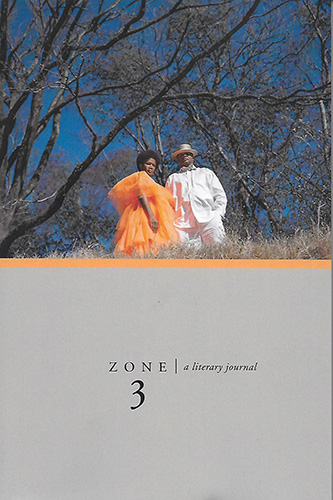 Excerpted from “Choler” by Bruce Bond from the Spring 2018 issue of Zone 3:
Excerpted from “Choler” by Bruce Bond from the Spring 2018 issue of Zone 3:
 The Spring 2018 issue of
The Spring 2018 issue of 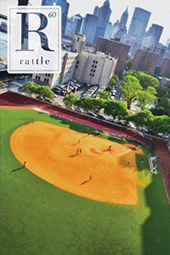 In addition to its regular content of poetry, the Summer 2018 issue of
In addition to its regular content of poetry, the Summer 2018 issue of 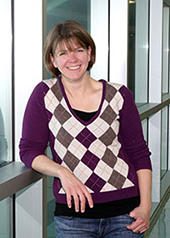 In addition to its twice-a-year print publication of fiction, nonfiction, poetry, reviews, translations and now plays-in-progress,
In addition to its twice-a-year print publication of fiction, nonfiction, poetry, reviews, translations and now plays-in-progress, 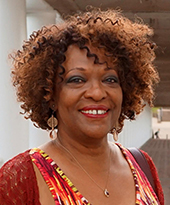 The Kenyon Review
The Kenyon Review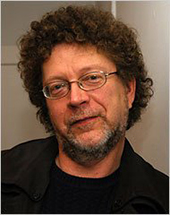 Brevity: A Journal of Concise Literary Nonfiction
Brevity: A Journal of Concise Literary Nonfiction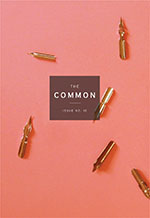 The Common
The Common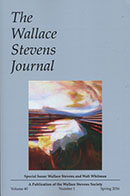 In addition to poetry and book reviews, the Spring 2018 issue of
In addition to poetry and book reviews, the Spring 2018 issue of  The Spring 2018 issue of
The Spring 2018 issue of 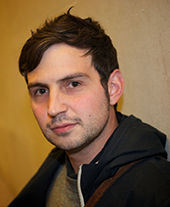 “If a poem works it’s because you’ve made it such that other people might participate in making it meaningful, and this participation will always rest on another person’s understanding of the poem and its relationship to a world that is not your own. Your own understanding of the poem will evolve over time too, as you reread it in light of your changing world, just as you will find the world altered in light of the poem you wrote to understand a small uncertain corner of it. With poems, you never get to settle on a final meaning for your work, just as you never get to feel settled, finally, as yourself.”
“If a poem works it’s because you’ve made it such that other people might participate in making it meaningful, and this participation will always rest on another person’s understanding of the poem and its relationship to a world that is not your own. Your own understanding of the poem will evolve over time too, as you reread it in light of your changing world, just as you will find the world altered in light of the poem you wrote to understand a small uncertain corner of it. With poems, you never get to settle on a final meaning for your work, just as you never get to feel settled, finally, as yourself.”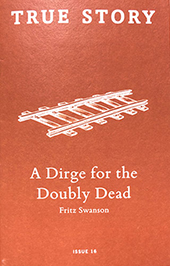 From the creators of
From the creators of 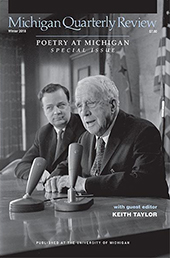 The most recent issue of
The most recent issue of 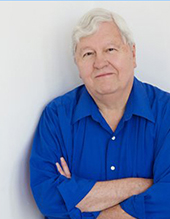

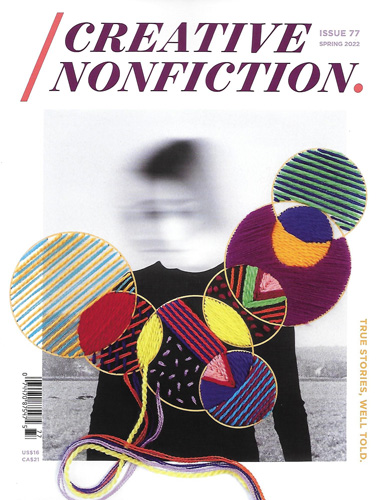 Pittsburgh-based literary magazine
Pittsburgh-based literary magazine 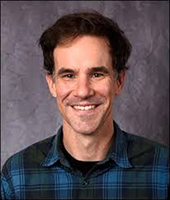 The Winter 2017-2018 issue of
The Winter 2017-2018 issue of 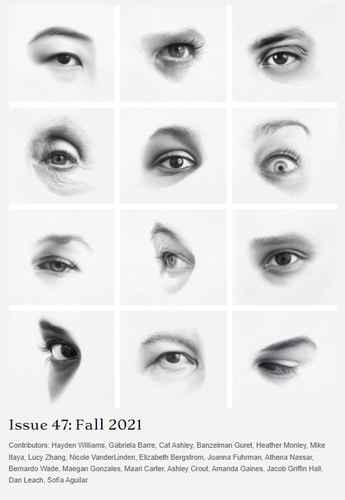 The Editor’s Note in
The Editor’s Note in 
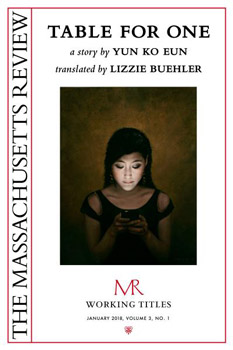 Readers may already be familiar with The Massachusetts Review, the quarterly print journal founded in 1959, but did you know they also have
Readers may already be familiar with The Massachusetts Review, the quarterly print journal founded in 1959, but did you know they also have 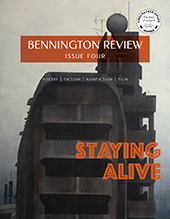 I was relieved to see it wasn’t just me who heard the Bee Gees in my head when I saw the cover of
I was relieved to see it wasn’t just me who heard the Bee Gees in my head when I saw the cover of 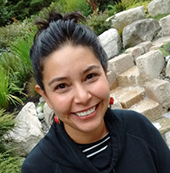 In addition to its regular content of ‘extremely brief’ (under 750 words) nonfiction,
In addition to its regular content of ‘extremely brief’ (under 750 words) nonfiction,  In “
In “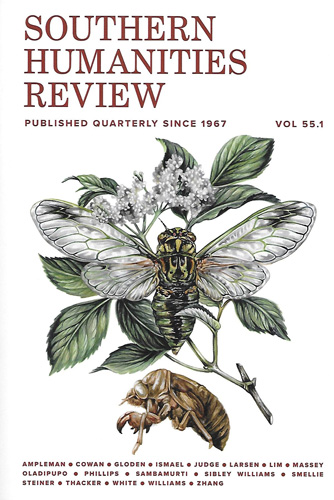
 Published by the Department of English and the School of Humanities and Social Sciences at the College of Charleston, the cover image of
Published by the Department of English and the School of Humanities and Social Sciences at the College of Charleston, the cover image of 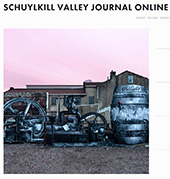 The fall 2017 print issue of
The fall 2017 print issue of 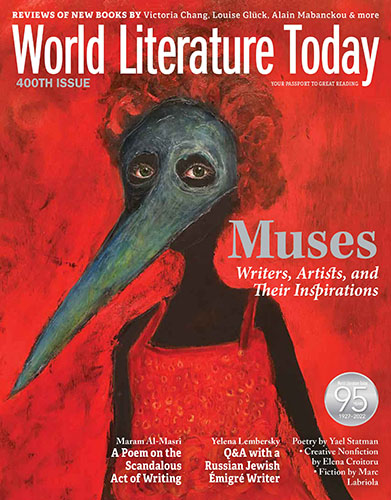 In these turbulent times, we can’t help but wonder just exactly how words do matter, in the sense of “for good” instead of what we see so much of bandied about in terms of knee-jerk thoughtlessness.
In these turbulent times, we can’t help but wonder just exactly how words do matter, in the sense of “for good” instead of what we see so much of bandied about in terms of knee-jerk thoughtlessness. 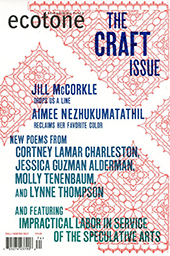
 In a double issue (Fall 2017/Winter 2018),
In a double issue (Fall 2017/Winter 2018), 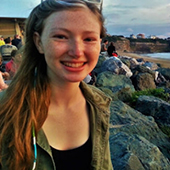
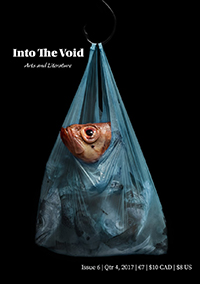 “The Cowards” by French photographer
“The Cowards” by French photographer 
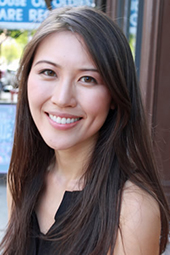 The
The  Speculative Fiction in Translation (SFT) “often flies under the radar, despite the fact that it is an important part of the speculative fiction universe,” writes author and editor Rachel Cordasco in her introduction to a special section of “
Speculative Fiction in Translation (SFT) “often flies under the radar, despite the fact that it is an important part of the speculative fiction universe,” writes author and editor Rachel Cordasco in her introduction to a special section of “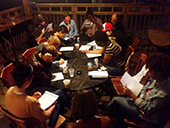 The December 2017 issue of
The December 2017 issue of 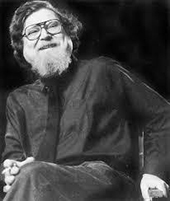 The Autumn 2017 issue of
The Autumn 2017 issue of  Publishing since 1967 from the University of Victoria,
Publishing since 1967 from the University of Victoria,  Edited and published by Richard Peabody, along with the work of Associate Editor Lucinda Ebersole,
Edited and published by Richard Peabody, along with the work of Associate Editor Lucinda Ebersole,  In her Editor’s Notes to Issue 13 of
In her Editor’s Notes to Issue 13 of  “Twenty years ago,” writes Brevity Editor Dinty W. Moore, “I had an idea for a magazine that combined the swift impact of flash fiction with the true storytelling of memoir, and
“Twenty years ago,” writes Brevity Editor Dinty W. Moore, “I had an idea for a magazine that combined the swift impact of flash fiction with the true storytelling of memoir, and  After publishing 12 print issues from 2004-2015 in association with Columbia College Chicago, and a brief hiatus,
After publishing 12 print issues from 2004-2015 in association with Columbia College Chicago, and a brief hiatus, 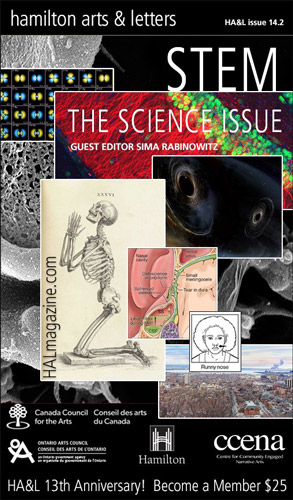 Catherine Heard’s work can be found on the cover of
Catherine Heard’s work can be found on the cover of 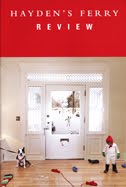 The
The 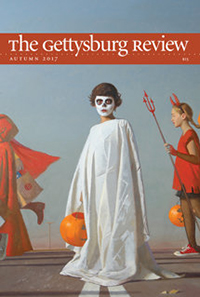 Halloween, detail by
Halloween, detail by 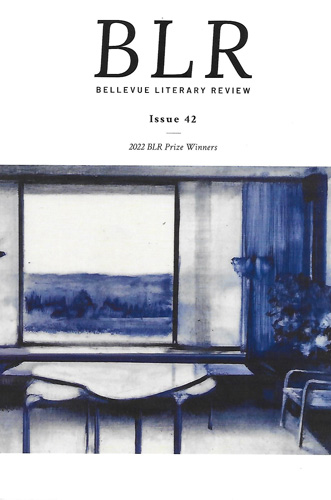 “Finding Home: Family & Connections” is the theme of
“Finding Home: Family & Connections” is the theme of 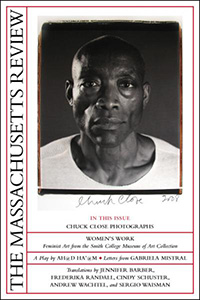
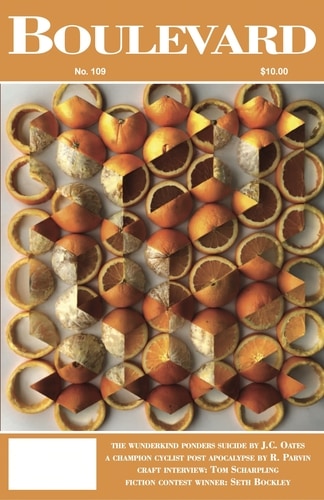 Boulevard
Boulevard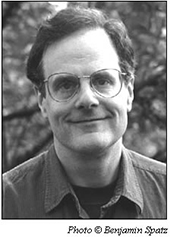 Celebrating its 35th Anniversary,
Celebrating its 35th Anniversary, 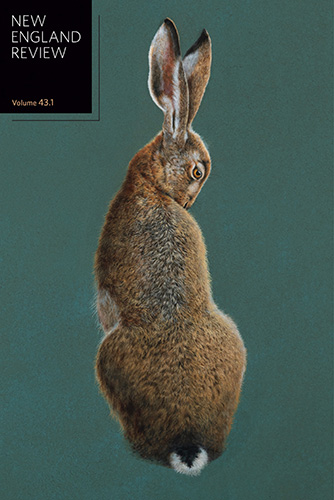
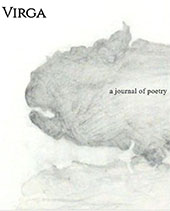 Virga is the name for the cloud streaks that stream hazily down from the sky, snow or rain precipitation that evaporates before having a chance to reach the ground. Virga can often fool radar into recording precipitation while the ground remains dry. Perhaps in this same way, poetic and hybrid forms can be as elusive as nature herself, and why
Virga is the name for the cloud streaks that stream hazily down from the sky, snow or rain precipitation that evaporates before having a chance to reach the ground. Virga can often fool radar into recording precipitation while the ground remains dry. Perhaps in this same way, poetic and hybrid forms can be as elusive as nature herself, and why 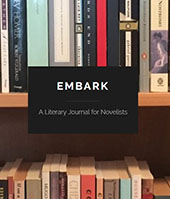 Teaching a course in The Novel, I took my students to the fiction section of the library and had them pull down books at random and simply read the first several pages, sometimes just the first sentence. I wanted them to sample as many “beginnings” as they could, then comment on the exercise. Some said they liked it as a way to consider a lot of books and see which one might grab their interest; overwhelmingly, they all wanted to go back and keep reading at least one or more of what they had sampled. Now, imagine this experience of sampling first chapters at your fingertips, on the computer, in one publication, and you will have imagined
Teaching a course in The Novel, I took my students to the fiction section of the library and had them pull down books at random and simply read the first several pages, sometimes just the first sentence. I wanted them to sample as many “beginnings” as they could, then comment on the exercise. Some said they liked it as a way to consider a lot of books and see which one might grab their interest; overwhelmingly, they all wanted to go back and keep reading at least one or more of what they had sampled. Now, imagine this experience of sampling first chapters at your fingertips, on the computer, in one publication, and you will have imagined 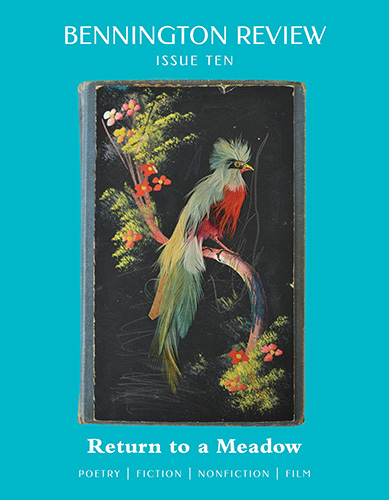 “The decision to consider the work in the current issue of
“The decision to consider the work in the current issue of 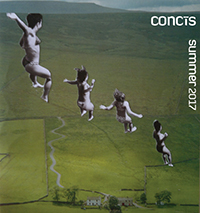 “Field Tripping” by
“Field Tripping” by 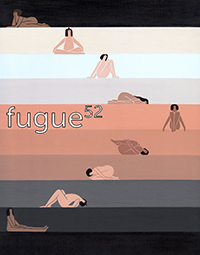 “The Spaces Between” by
“The Spaces Between” by  Do I pick EVERY
Do I pick EVERY 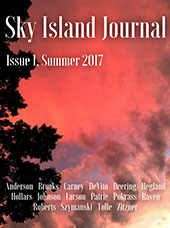 Born in the southern reaches of Arizona and New Mexico,
Born in the southern reaches of Arizona and New Mexico,